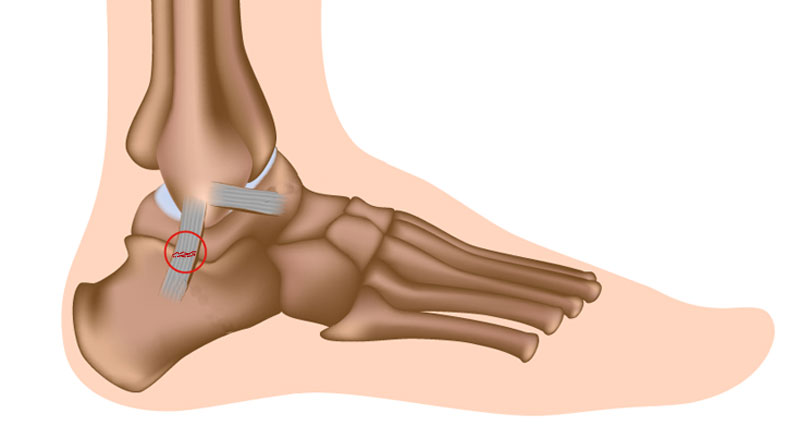What is this ketogenic diet you have been hearing about constantly? Your friends and officemates can’t stop raving about it. Even A-list celebrities like Halle Berry and Adriana Lima credit their slim figures to this diet.
Is it a fad diet that will slowly drift to oblivion until another diet pops up?
Not a fad
Although the buzz around the ketogenic diet has been growing over the past few years, it is not a fad diet that was only recently developed.
The ketogenic diet has been around for several decades. Originally, it was intended to help people suffering from epilepsy. Up until today, the diet is prescribed to epileptic children who do not respond well to anti-epileptic medications.
During the 1920s, researchers discovered that raising ketones in the blood can substantially reduce epileptic seizures.
Why should you go on a ketogenic diet?
The ketogenic diet can benefit even people who are not suffering from epilepsy, offering three key benefits: fat burning, energy increase, and reduction of inflammation.
If you are looking to shed excess pounds, the keto diet can help you in two key ways:
- First, ketones inhibit the hormone known as ghrelin which is associated with hunger pangs.
- Second, ketones also increase cholecystokinin or CCK which makes you feel fuller for a longer period of time.
This combination of effects allows you to eat less and tap into your body’s fat stores as the main source of energy.
But will eating less translate to sluggishness? Not when you are on the keto diet. This is because when you are in the state of ketosis, your brain facilitates the creation of more mitochondria in the cells. And the more mitochondria your cells have, the more energy you will have to perform different tasks.
Finally, the diet helps reduce inflammation and boost protection against diseases like cancer and Alzheimer’s.
What can you eat on a ketogenic diet?
In a ketogenic diet, the bulk of your meals will be comprised of fats; that’s roughly 75 percent. For the remainder, you will need to consume protein that amounts to around 20 percent of your meals. Carbohydrates comprise only five percent of a keto meal.
- Fats
What are good sources of fat? Ideally, when you are on a keto diet, you should consume more saturated and monounsaturated fats like those found in good quality coconut oil, MCT oil, butter, lard, fish oil, and ghee. Other good sources of fat are egg yolks, seafood and fatty meats.
Although nuts, legumes and seeds are rich in fat, you should eat these in moderation. The main reason behind this is that these foods also contain high amounts of both carbohydrates and proteins. Among the best nuts, seeds, and legumes are macadamia nuts, pecans, brazil nuts, pumpkin seeds, sesame seeds, and black soybeans.
- Fruits and veggies
There are two simple rules when identifying a vegetable that is compatible with the keto diet:
- It is green and leafy
- It grows above the ground
Among the veggies that follow these rules are cucumber, zucchini, broccoli, and asparagus. You may eat root crops like carrots and potatoes, but only in limited quantities. This is because these crops have a high amount of starch.
As much as possible, avoid fruits because these contain large amounts of sugars. You may, however, eat avocados, berries and coconuts.
- Protein
Unlike other diets which advocate the consumption of huge amounts of proteins, in a ketogenic diet, you do not need to consume as much.
Eating too much protein prevents your body from entering a state of ketosis because excess protein is converted into glucose.
Good sources of protein include fatty cuts of beef, pork, eggs, fish, seafood and offal.
- Drinks
Hydration is critical when you are on a keto diet. When you consume less carbohydrates, you lower your insulin. Low levels of insulin, in turn, reduce your body’s ability to retain water.
Apart from water, you should consume bone broth. Bone broth is particularly helpful during the initial stages of a keto diet.
Heathy bulletproof coffee is also highly recommended as the fat in this beverage can help you feel fuller longer while providing you with a steady boost of energy.
How do you know if you are in a state of ketosis?
With some diets, it can be hard to figure out if they are working. With the keto diet, you can use different methods to test ketone levels in your body.
But you do not have to invest in different test kits to know that the diet is working for you. All you have to do is to watch out for three signs:
- First, if you do not feel hungry all the time, that indicates that the ketones in your body are keeping the hunger hormones at bay.
- Second, an increase in ketone levels will leave a metallic taste in your mouth.
- Finally, as your body starts to burn fats, you will notice a substantial weight loss.
Consult your physician about the ketogenic diet and determine whether it would a good thing to experience for the improvement of your health.
AUTHOR BIO
Dave Asprey is the creator of the widely popular Bulletproof Coffee, host of the #1 health podcast, Bulletproof Radio, and author of the New York Times bestselling book, “The Bulletproof Diet.” Through his work, the Silicon Valley investor and technology entrepreneur provides information, techniques and keys to taking control of and improving your biochemistry, your body and your mind so they work in unison, helping you execute at levels far beyond what you’d expect, without burning out, getting sick, or allowing stress to control your decisions.




